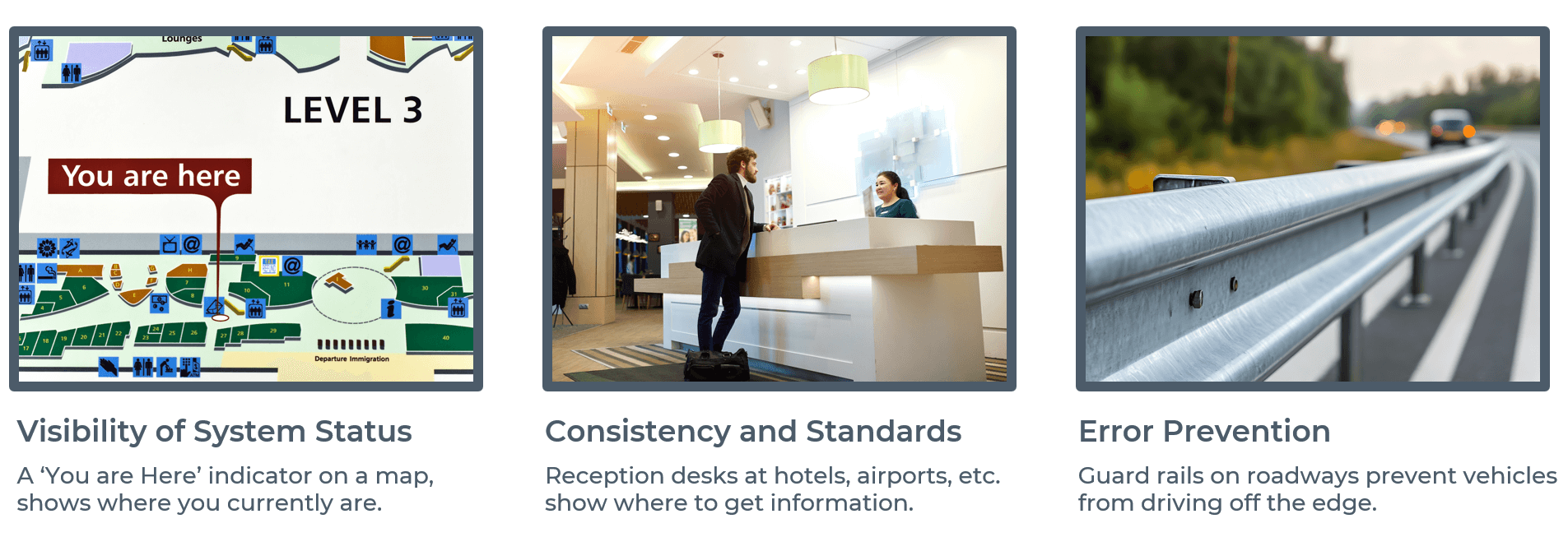When you commission a UX audit, what are you actually getting? It’s more than just a designer’s opinion on what looks good. A professional audit is a methodical, evidence-based process designed to identify specific and actionable usability issues. One of the most powerful tools in our toolkit for achieving this is the heuristic evaluation.
This expert review process is a cornerstone of our UX audit services. It allows us to move beyond subjective feedback and assess your product against a set of established, time-tested principles for user interface design.
Contents
What Are Usability Heuristics?
“Heuristics” are essentially rules of thumb or established principles that have been proven to lead to more intuitive and user-friendly designs. The most widely recognized set, developed by Jakob Nielsen, consists of 10 general principles that act as a checklist for our expert evaluators. Rather than just saying “this page is confusing,” our team can state that it violates a specific heuristic, providing a much clearer path to a solution.
3 Key Heuristics in Action
Figure 1. 3 Key Heuristics in Action: Usability heuristics aren’t just for software; their principles are based on how we navigate the real world.

While there are ten core heuristics, let’s explore three common ones to see how they work in the real world:
Visibility of System Status
Users need to know what’s going on at all times. The system should provide clear, timely feedback.
- Problem Example: A user clicks “upload,” but nothing happens on the screen, leaving them to wonder if the upload is working or if the page is broken.
- Solution: A clear progress bar or loading spinner gives the user confidence that the system has received their request and is working on it.
Consistency and Standards
Users should not have to wonder whether different words, situations, or actions mean the same thing.
- Problem Example: Your app uses a shopping cart icon on one screen but a “shopping bag” icon on another.
- Solution: By using universally recognized icons and maintaining a consistent design language throughout the product, you reduce the user’s cognitive load and make the experience feel more predictable and trustworthy.
Error Prevention
The best designs are those that prevent a problem from occurring in the first place.
- Problem Example: A user can accidentally click a “Delete Account” button with no warning.
- Solution: A simple confirmation dialog (“Are you sure you want to permanently delete your account?”) is an effective error prevention mechanism that can save users from making costly mistakes.
Conclusion: A Methodical Path to Clarity
A heuristic evaluation is a fast and cost-effective method for uncovering many of the most critical usability issues in a digital product. It provides a structured, objective framework that turns a general feeling that “something is wrong” into a clear, prioritized, and actionable report. This methodical approach is a key part of how Cardinal Peak delivers the insights you need to improve your product’s performance and delight your users.
Uncover Actionable Insights with an Expert Evaluation
A heuristic evaluation is the fastest way to turn ambiguity into a clear action plan. Let our certified experts assess your product against time-tested usability principles and provide the prioritized roadmap you need to make impactful improvements. Request an audit consultation.
